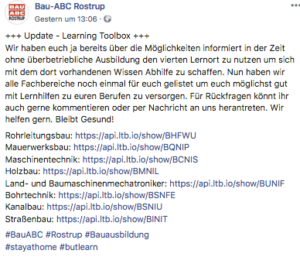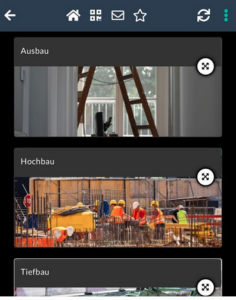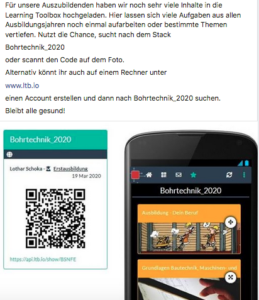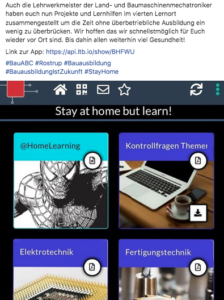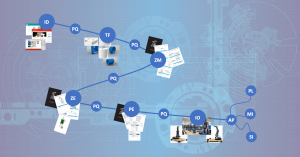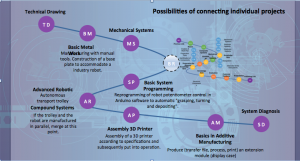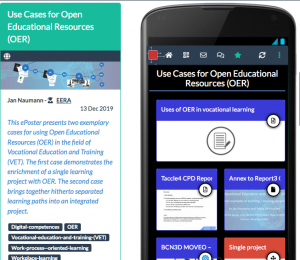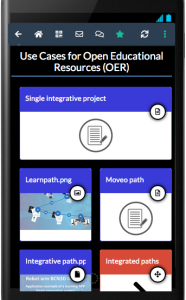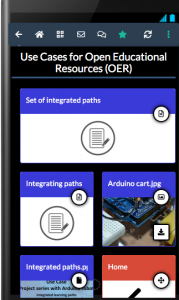Reflections on the impact of the Learning Layers project – Part One: New discussions in the project consortium
Three weeks ago I published a blog post in which I reported on the use of the Learning Toolbox (LTB) to support vocational learning during the corona crisis. I shared it on the mailing list of the partners of the former Learning Layers project consortium. As an immediate reaction some partners from the UK healthcare sector informed, how they have made wide use of LTB among general practice (GP) units for sharing knowledge on the patterns to prescribe certain medications. Also, this exchange of messages brought into picture the growing use of LTB as support for e-posters (see my previous post).
This gave rise to the initiative of Tobias Ley, the leader of the former Learning Layers consortium, to report on such sustainable use of Learning Layers tools after the end of the project in a conference paper. And this led to a rapid process of collaborative writing that involved several research partners of the former consortium. The results are now being finalised and will be presented in the respective conference (provided that the proposal will be accepted). Therefore, it would be premature to discuss our findings in toto before the submission has been reviewed and accepted. However, I think that it is appropriate to discuss some of the cases that were examined in this discussion and some lessons that I and my co-author Gilbert Peffer have highlighted in our contributions to this process.
Altogether, this has been an interesting collaborative reflection process that brought together several partners that have been working with the two pilot sectors of the project (construction and healthcare). Also, it has given us a fresh picture on the development of the ePosters (powered by LTB) as a spin-off innovation emerging from the Learning Layers project. So, in my next posts I will discuss different topics that were taken up in our joint discussions.
More blogs to come …
